Donald Trump faced hundreds of empty seats during his final rally on Monday in Pennsylvania, the key battleground state that could decide the presidential race.
Photos and videos of the Republican candidate's last-minute event at the Santander Arena in Reading, Pennsylvania, shared on social media showed him speaking to rows of empty seats.
Opponent Kamala Harris' campaign—which has repeatedly mocked Trump's obsession with crowd size during the 2024 election cycle—shared a video on X, formerly Twitter, of the partially empty 7,200-seat venue.
"Trump is speaking to a lot of empty seats in Pennsylvania right now," the vice president's team wrote on the social media platform. The footage showed hundreds of seats left vacant.
Newsweek contacted Trump's and Harris' 2024 campaign teams for comment by email on Tuesday early morning, outside of standard working hours.
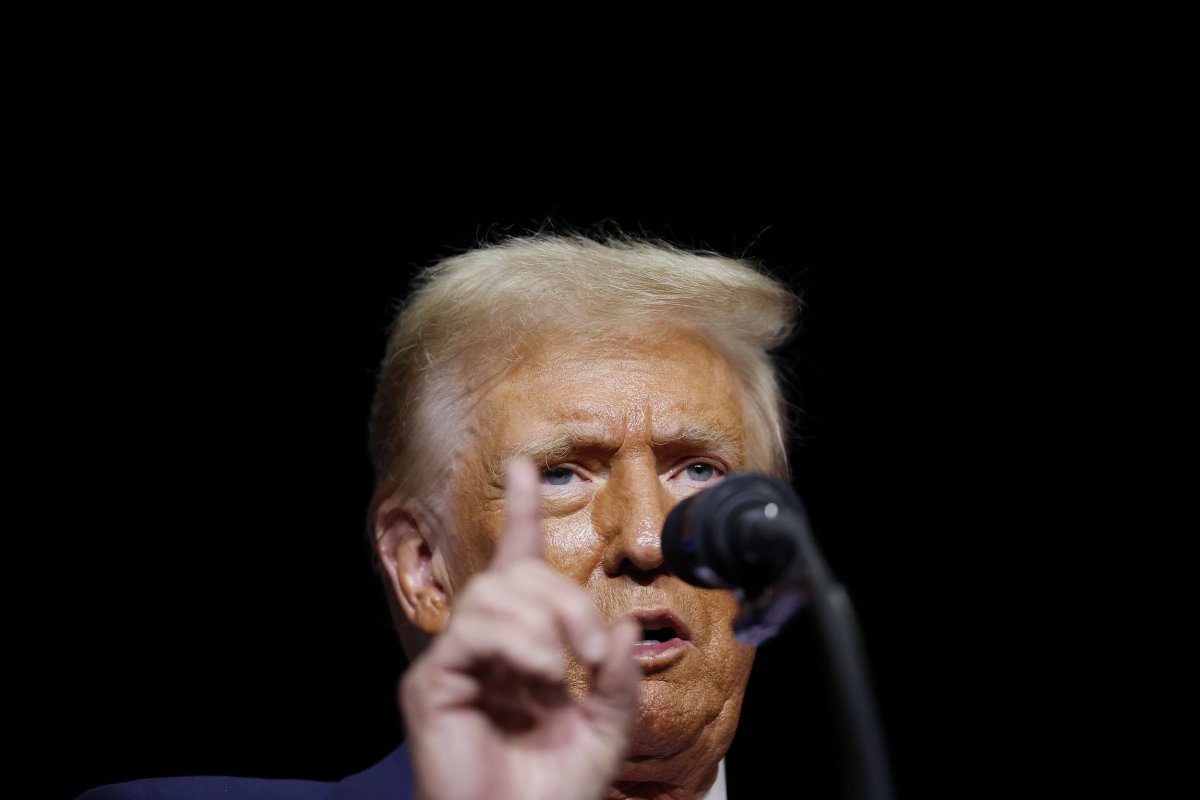
Monday night's event was not the only time in the past few days where Trump failed to fill a venue. At a campaign event in Greensboro, North Carolina, on Saturday, his team reportedly curtained off the upper bowl of the arena and left several empty seats in the lower bowl.
Audience numbers said to be down on the crowds he attracted in 2016 and 2020, according to The Associated Press.
Trump and Harris spent their final hours before Election Day rallying key swing states. While Harris focused on Pennsylvania on Monday, Trump had four rallies planned in three states, including North Carolina (Raleigh), Pennsylvania (Reading and Pittsburgh), and Michigan (Grand Rapids).
Trump still attracts thousands of people at his rallies. When he was in North Carolina—where the upper section was empty and blocked off—at the weekend he claimed to have "the biggest rallies in history of any country."
Harris runs her own events, with massive, enthusiastic audiences. In an X post on November 4, her team taunted the former president over the size of the crowd gathered at his rally in Raleigh, North Carolina, sharing a video of an MSNBC reporter talking about "many empty seats" at the event.
"I can't tell you exactly why, but in this final week, we have seen far smaller crowds for Trump," the reporter said. "For the first time since 2015, we've been looking around and questioning why the crowd sizes have been less than what we are accustomed to."
The reporter said that he wasn't sure why the crowd size was down, and considered that some Republicans who cast their ballot early might have considered their job done and stopped attending the nominee's rallies.
Crowd size has become an important topic during this presidential race, despite the fact that it holds relatively little political relevance. Trump's pride in gathering huge crowds—which he has repeatedly claimed are much bigger than those at Harris' events—has made him an easy target of Democrats' attacks when photographic evidence shows his audience to be much smaller than he declares.
A recent study by Harvard Kennedy School's Ash Center for Democratic Governance and Innovation concluded that Trump and his campaign were often an unreliable source for the size of hsi crowd, often exaggerating the number of supporters at his campaign events.
Harris' team, on the other side, tended to be closer to reports made by news outlets and eyewitnesses at the rallies, the study authors said.
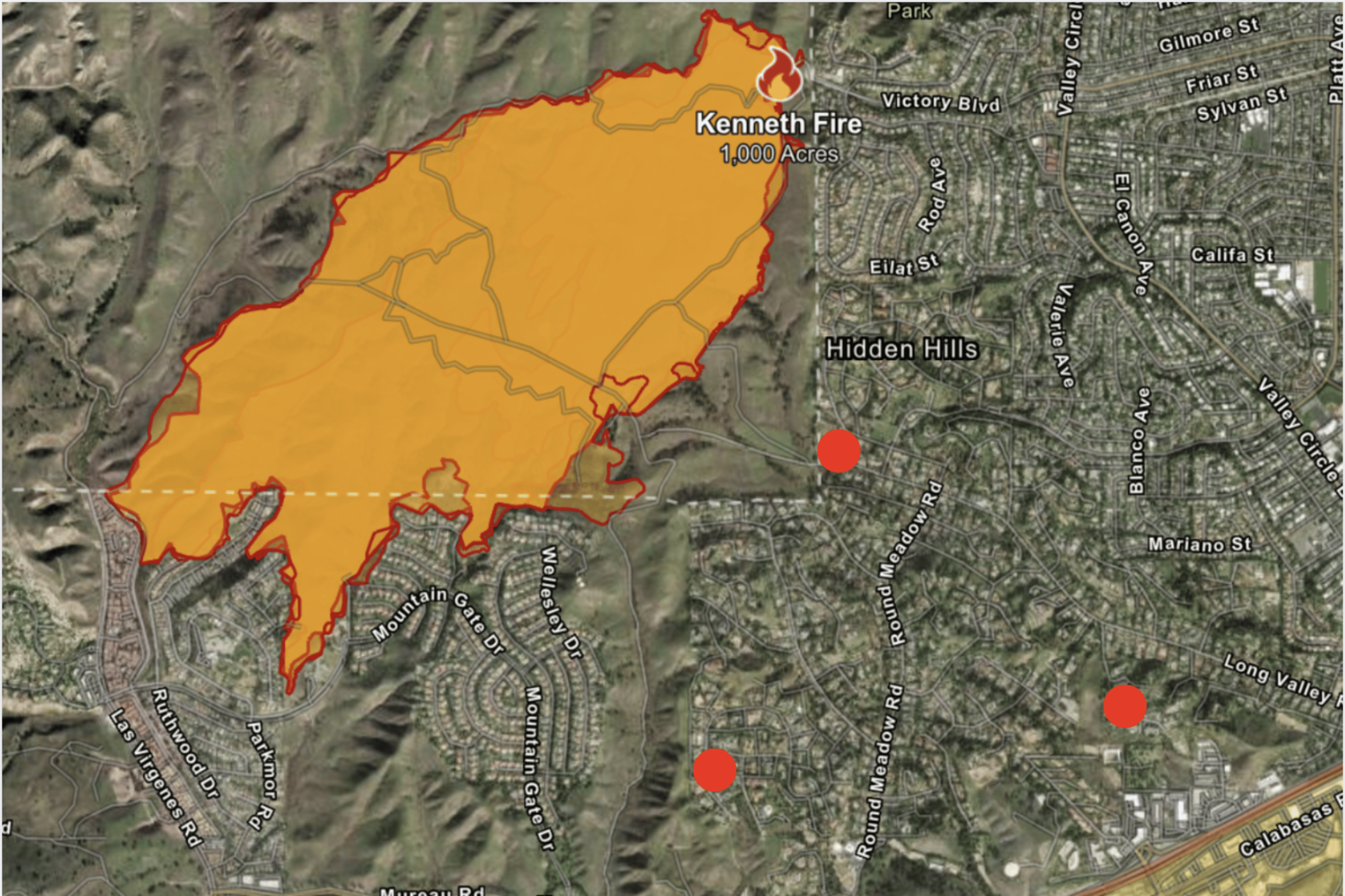
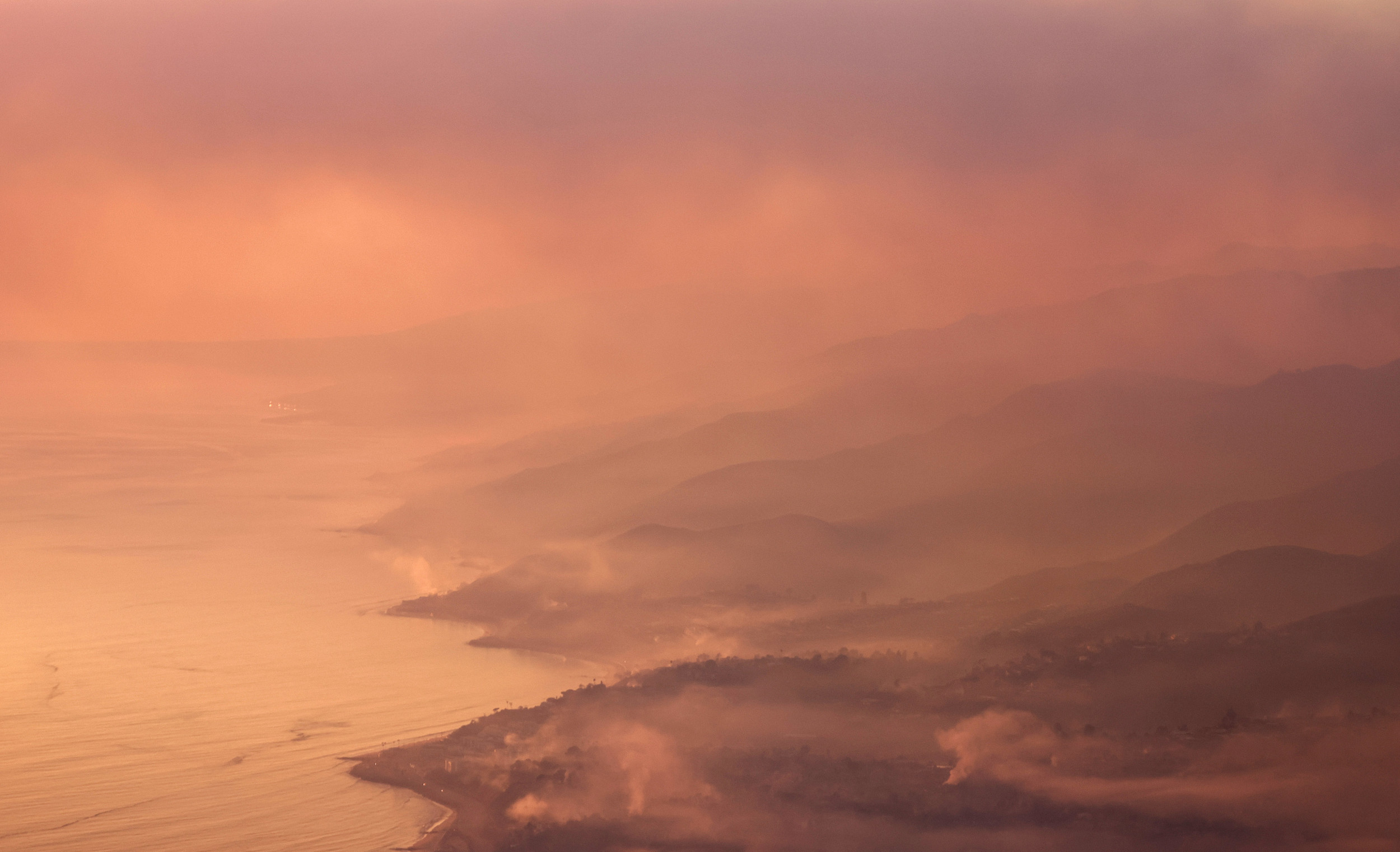
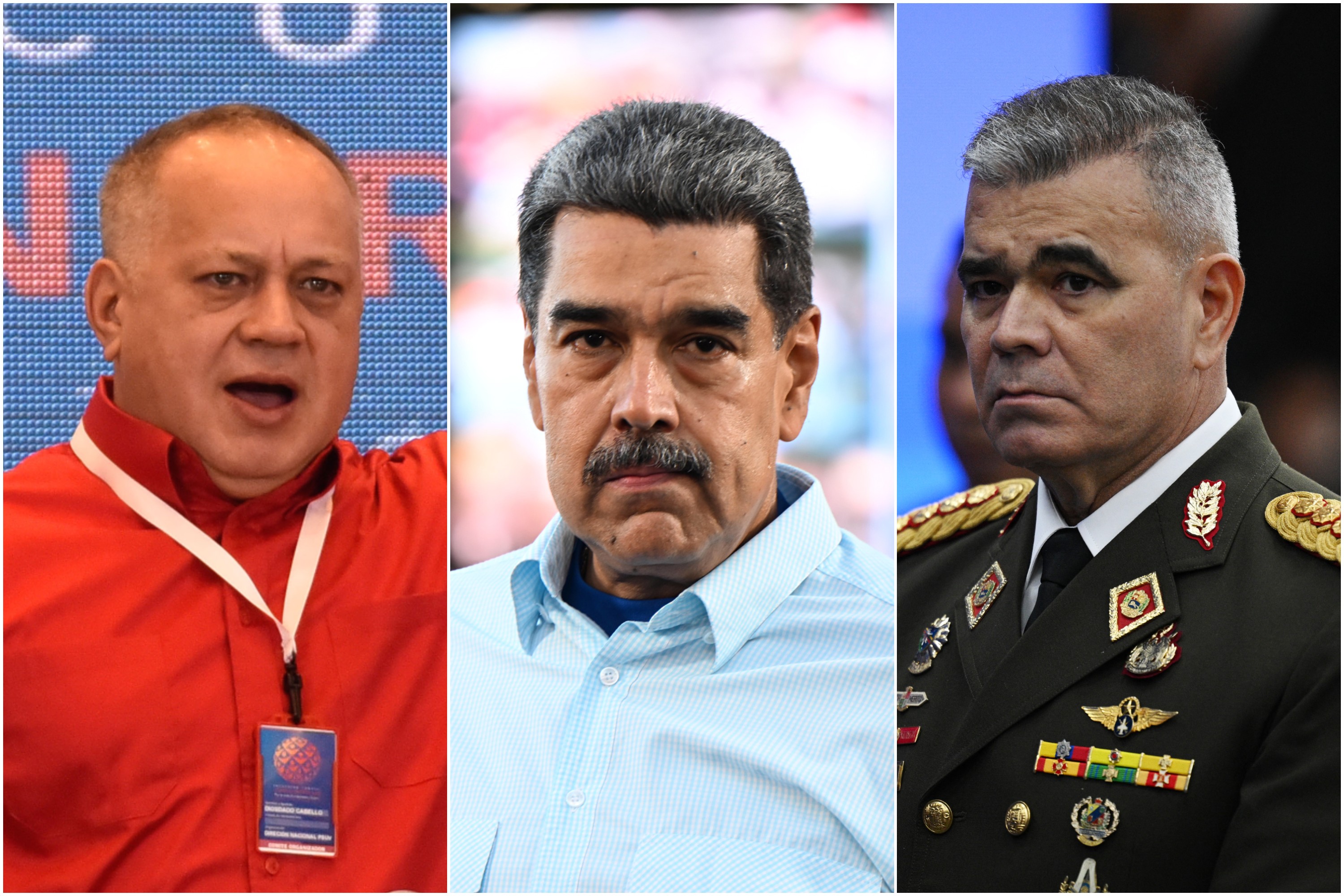





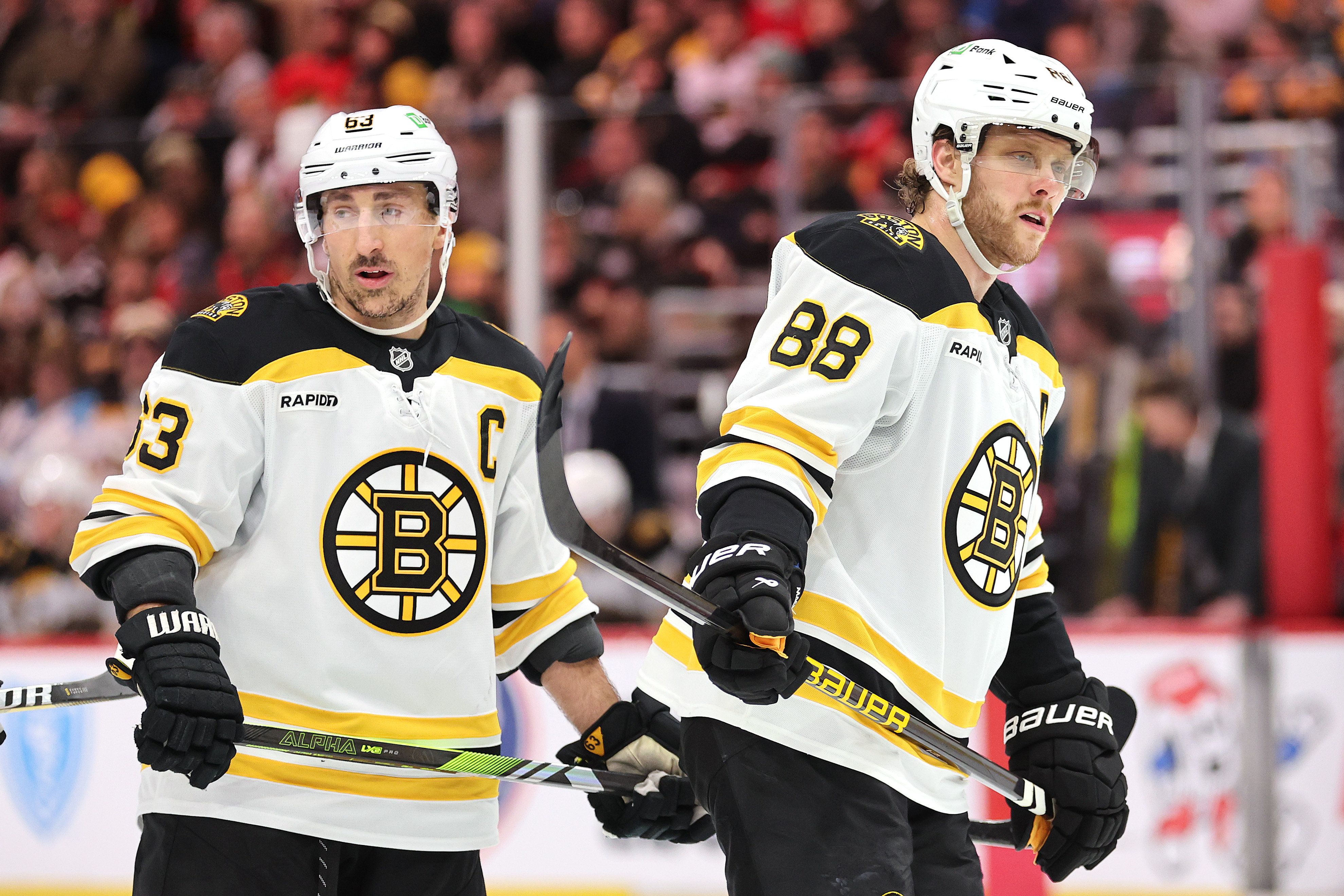

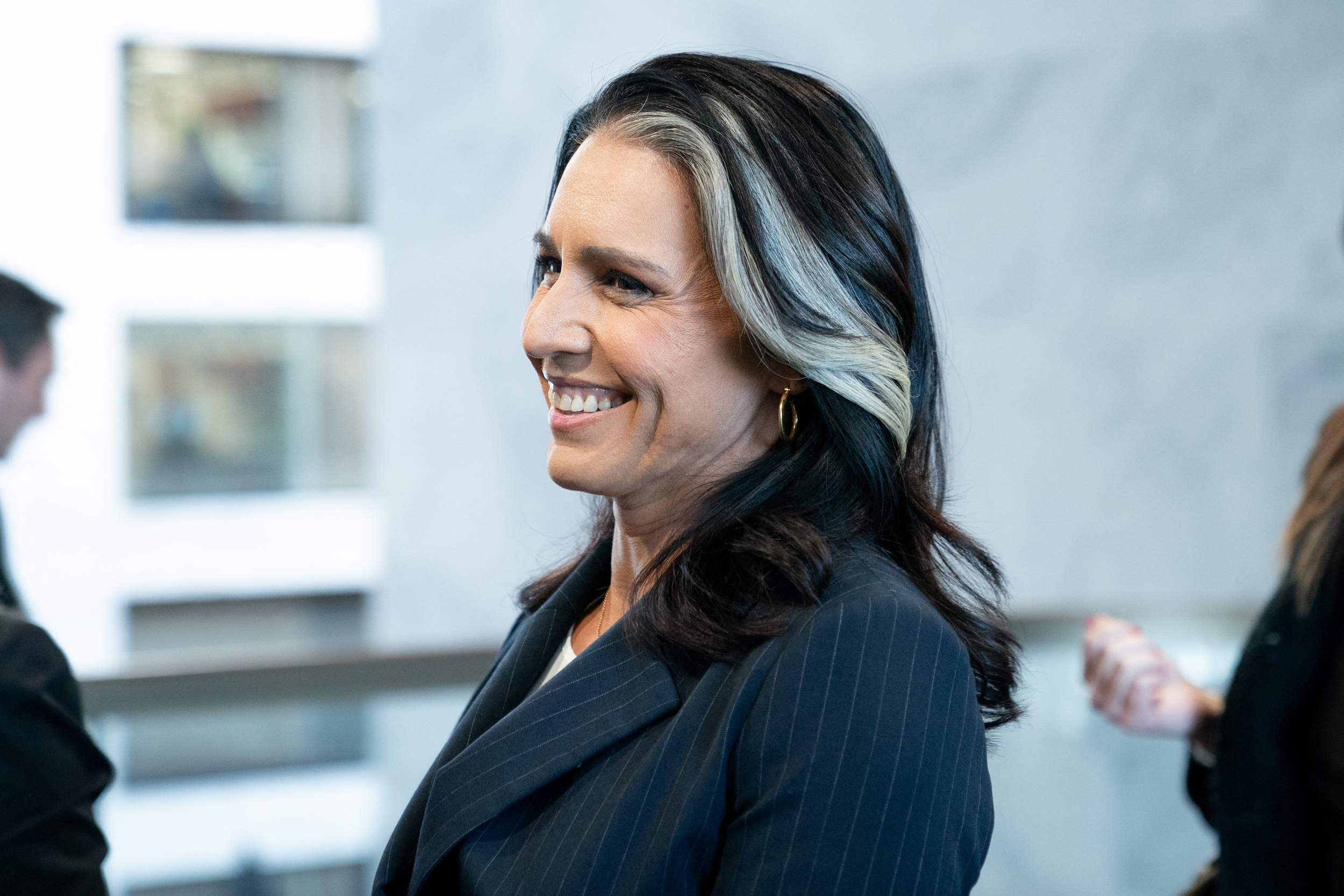









 English (US) ·
English (US) ·